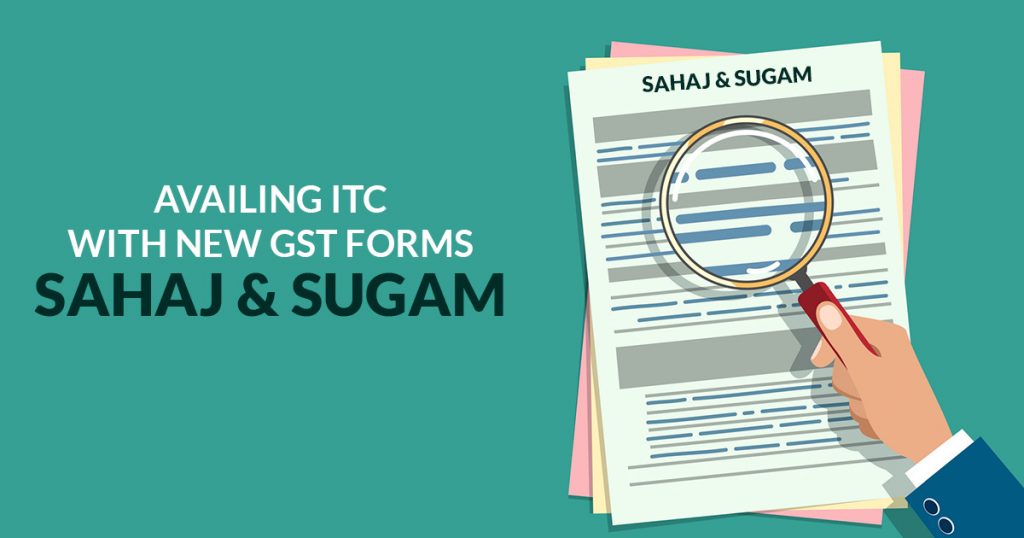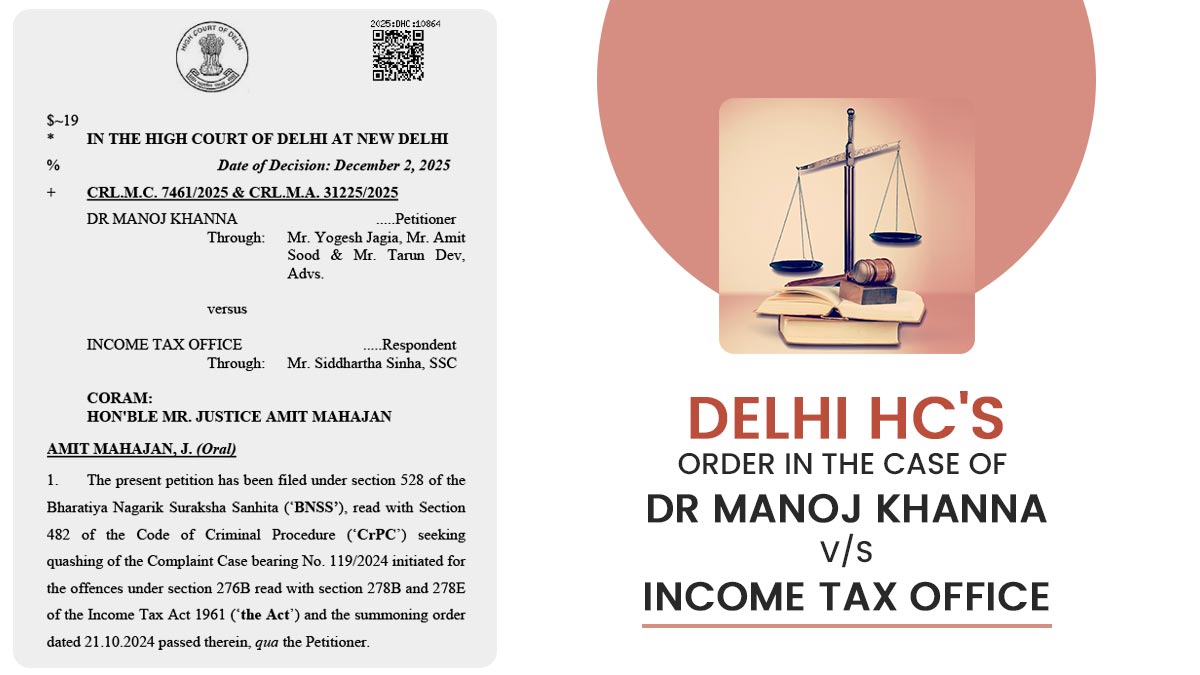
GST Forms – Sahaj and Sugam are proposed for claiming the Input Tax Credit (ITC). Well, alike GSTR-1 these Forms too don’t seem to be simple for the GST payers and are anticipated to continue hardships for availing ITC. However, we can not ascertain the complexity level until the proposed Forms actually be used for ITC.
At present, the small taxpayers are coping with the difficulties of GSTR-1 & the annual GST return (GSTR-9) and the complications are expected to exist with the proposed GST Forms Sahaj and Sugam as well.
Unavailability of the option to amend outward supply transactions and to instantly rectify the errors, is the difficulty with the GSTR-1 while the adversities of GST return (GSTR-9) are on hold for small taxpayers as the declaration of the 37th GST Council meeting which was held on September 20 made it optional to file the annual returns for the Fiscal Year 2017-18 and 2018-19 for taxpayers with an aggregate turnover of Rs 2 crore or below.
However, no such relaxation for the current fiscal year is given till yet and the annual GST return for the F.Y. 2019-20 has to be filed till December 31, 2020. At the time, the government officials are looking forward to simplify the annual return and tax officials are hoping to receive them before the due dates of filing annual GSTR-9.
Sunil Gabhawalla, the indirect tax expert, says, “The basic difficulty in the current filing process is the inability to revise the returns immediately. The only choice is to rectify the mistakes in subsequent returns. Thus, a simple data entry error can result in additional tax outflow.”
“The other issue which arises is that goods rejected or discounts offered cannot be shown as a negative amount on a net basis. This results in funds being blocked with the government for a prolonged period,” adds Gabhawalla.
Yusuf Hakim, an indirect tax partner with CNK & Associates also discussed the intricacies of GSTR-1 and said, “Further, there is a restricted ability to amend outward supply transactions in GSTR-1. It can be done only once. Practically, we have seen small taxpayers making genuine errors in uploading details of invoices issued to customers. For instance, a taxpayer made an error in the GSTIN of a customer and the date of the invoice in the original return. Realising his error, the GSTIN was corrected. Subsequently, he noticed the date-related error. However, the GSTN portal doesn’t permit a second rectification,”
In the current scenario, the format of the Form GSTR-1 and GSTR-3B is the same for big as well as small taxpayers. Both need to file GSTR-1 for outward supplies and GSTR-3B as the summary return for sales and ITC with the only advantage of the time-cycle to file GSTR-1 to the small taxpayers.
This can be precisely understood if we take our attention to what Manoj Malpani who is a senior adviser with Bizsolindia Services, a consultancy company, explained, “ At present, the GST rules specify one format of returns for all taxpayers. They are required to file GSTR-1 for outward supplies and GSTR-3B, which is the summary return for sales and input tax credit. The only concession is regarded as the periodicity. For instance, taxpayers having a turnover of up to Rs. 1.5 crore can file GSTR-1 on a quarterly basis. There is no such leeway available for the summary return, which has to be filed monthly. These returns are cumbersome for small taxpayers,”.
A new and simple GST return system has been proposed that brings Form Sahaj and Sugam to be filed by the small taxpayers with turnover of Rs 5 crore or below, on the basis of their transactions such as B2C, B2B or a mix of both, they execute.
For now, the proposals have been postponed to the year 2020 by the GST officials. According to tax experts, the proposals will be highly beneficial as the threshold limit is kept high at Rs 5 crore and return filing will become simple. However, there will be no changes in the monthly GST payment system.
In the proposed mechanism, the suppliers will have to take care of uploading every single invoice as the taxpayers will not be able to claim the ITC on missing invoices in the case of Sahaj and Sugam returns. However, the option of regular quarterly return form will still be there for them to claim the ITC on missing invoices.
“Currently, the process of availing input tax credit (ITC) is not linked with the uploading of invoices done by suppliers. Going forward, taxpayers opting for Sahaj and Sugam returns will not be allowed to take ITC on missing invoices (which are invoices that have not been uploaded by their suppliers). However, they do have an option to opt for filing of the regular quarterly return form, which permits ITC on missing invoices,” says Hakim.
Malpani admits that ITC related inconveniences will still be there with Sahaj & Sugam. He also said that the taxpayers will have to act on the invoices uploaded by the suppliers and as soon as the invoices are accepted, ITC comes in the returns by default so inward details need to be accessed thoroughly to avert any legal action taken against availing an incorrect ITC.
Hakim brought attention to the ineligibility to choose the proposed Sahaj and Sugam forms and said, “Taxpayer having supplies through e-commerce platforms or zero-rated supplies, or those importing goods from outside India on which ITC is to be availed, also cannot opt for the Sahaj and Sugam forms,”.










The Govt is run by Bureaucrats and Officers who formulates Policies and Ministers just sign the file.The PM and Ministers are also doesn’t know pros and cons of the policies formulated by bureaucrats as they are politicians. IN GST the provision is MULTI POINT Tax collection with INPUT and OUTPUT tax adjustment. IT is harassment of traders and running Inspector Raj.
I could not understand attitude of the Narendra Modi Govt. while implementing GST all over India.I have suggested collection of GST like TDS TCS and Excise duty customs duty. The tax be collected at one point,single point and First point of sale.